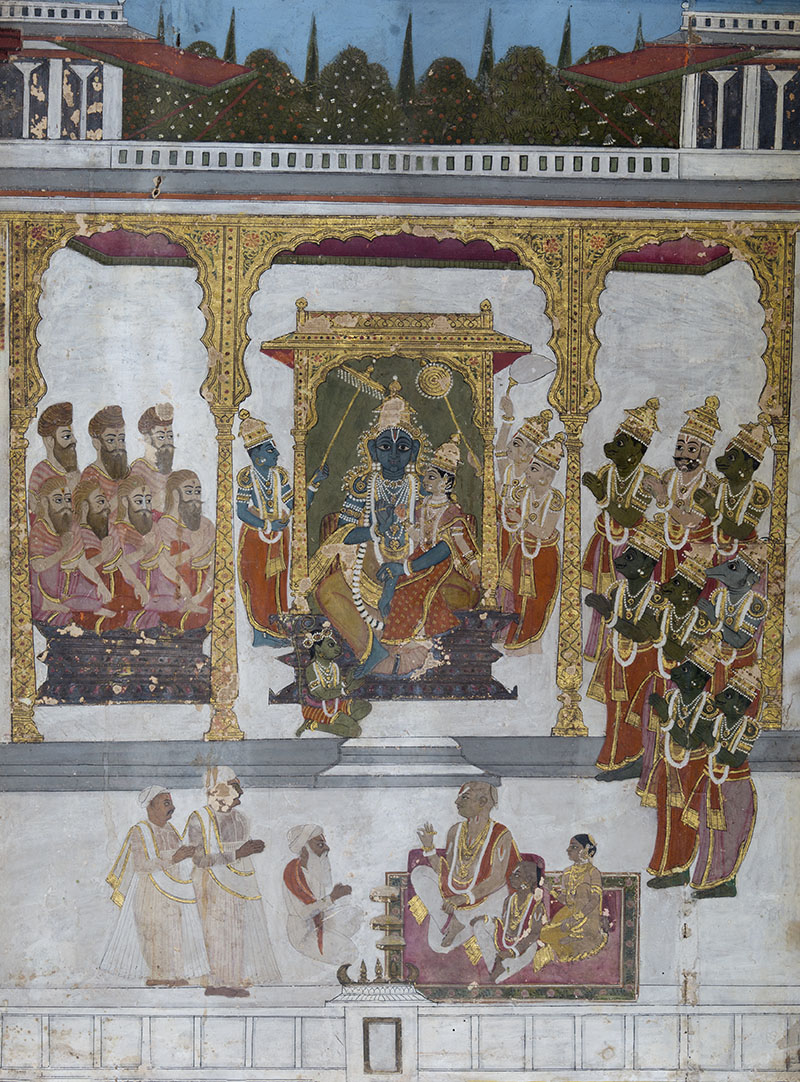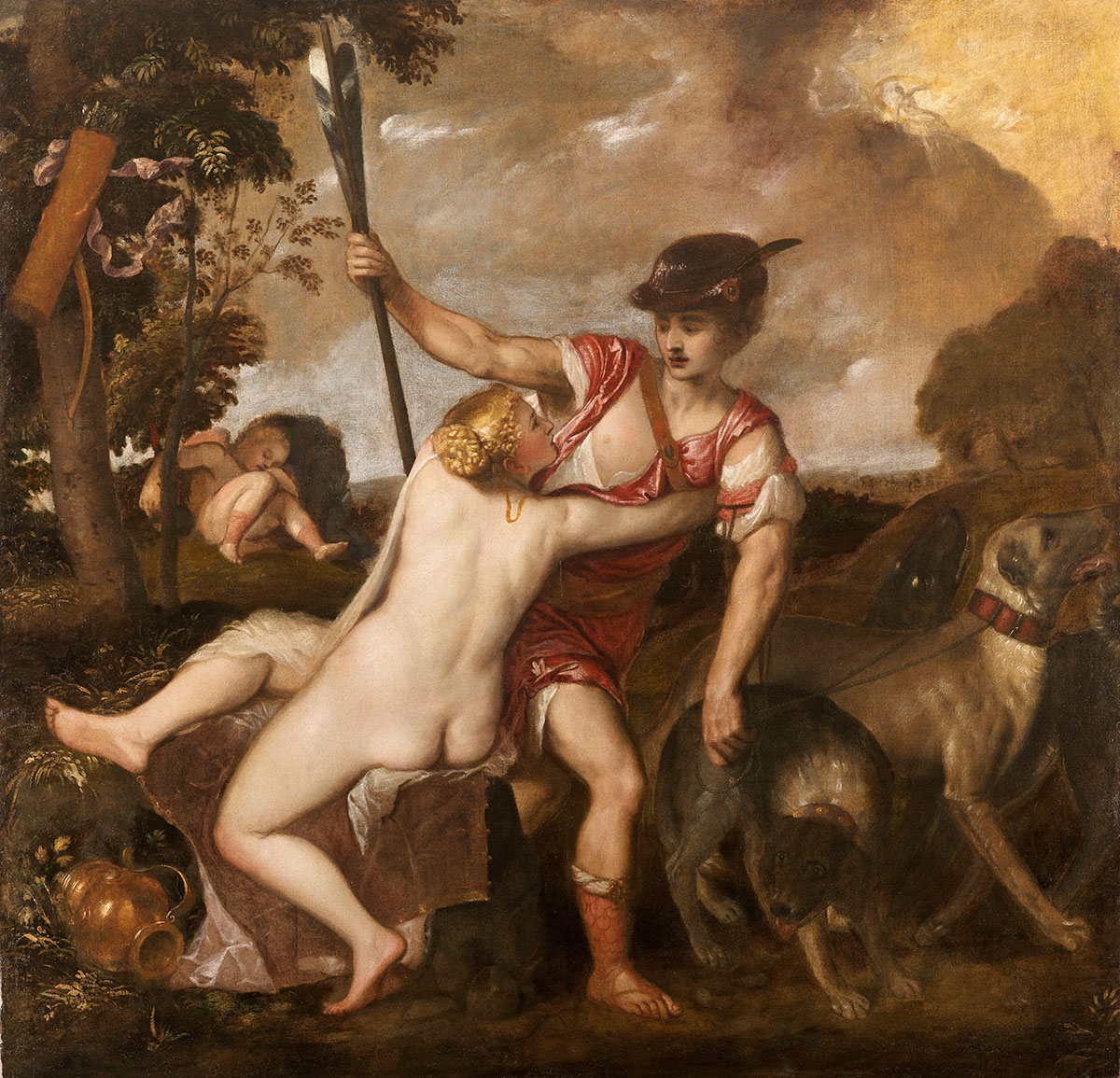ARTICLE
Gesso Painting
The method has a long history from at least as early as the tenth century BCE, with the evidence of its use found in Egyptian tombs and on various tomb artefacts. In fifteenth- and sixteenth-century Europe, it came to be used in the decorative arts, such as gilding and mirror-frame making, in. Because of its similarity to stucco, it has also been used in architectural surface ornamentations, such as in friezes, capitals and caskets. In India, it is used for rendering embellishments such as jewellery, attire and other decorative elements in Tanjore and Mysore schools of painting. Other forms of Gesso painting are considered to be the seventeenth-century Surpur painting from Karnataka and Usta Kaam or camel-skin painting from Rajasthan.
Bibliography
Blake, Wendon. Acrylic Painting: A Complete Guide. New York: Dover Publications, 1997.
Encyclopedia Britannica. “Gesso.” June 11, 2017. Accessed July 27, 2021. https://www.britannica.com/art/gesso.
“Gesso Sottile.” Conservation & Art Materials Encyclopedia Online, n.d. Accessed July 26, 2021. https://cameo.mfa.org/wiki/Gesso_sottile.
Gettens, Rutherford John, Stout, George Leslie. Painting Materials: A Short Encyclopaedia. United Kingdom: Dover Publications, 1966.
Google Arts & Culture. “Gesso.” Accessed July 27, 2021. https://artsandculture.google.com/entity/gesso/m0dwlk?hl=en.
Jain, Jyotindra. “The Craft Museum, New Delhi.” Museum International 40 no. 1 (1988), 48-51, https://doi.org/10.1111/j.1468-0033.1989.tb00726.x.
Principle Gallery. “Technique Tuesdays: Gesso.” Principle Gallery, January 27, 2017. https://principlearttalk.com/2015/01/27/technique-tuesdays-gesso/.
Staff Correspondent. “Learning the art of Mysore Painting.” The Hindu. April 26, 2010. Accessed July 27, 2021. https://www.thehindu.com/news/cities/bangalore/Learning-the-art-of-Mysore-painting/article16372625.ece.
Venkatnarayan, Ramanathan, Keseven Lakshmanan, P.J. Arathi. “All That Glitters is Not Gold: A Non-Destructive Probing of Thanjavur Painting by Raman Spectroscopy.” Spectrochimica Acta Part A: Molecular and Biomolecular Spectroscopy 204 (2018), 460-463. https://doi.org/10.1016/j.saa.2018.06.088.
Ward, Gerald. Grove Encyclopedia of Materials and Techniques in Art. New York: Oxford University Press, 2008.








